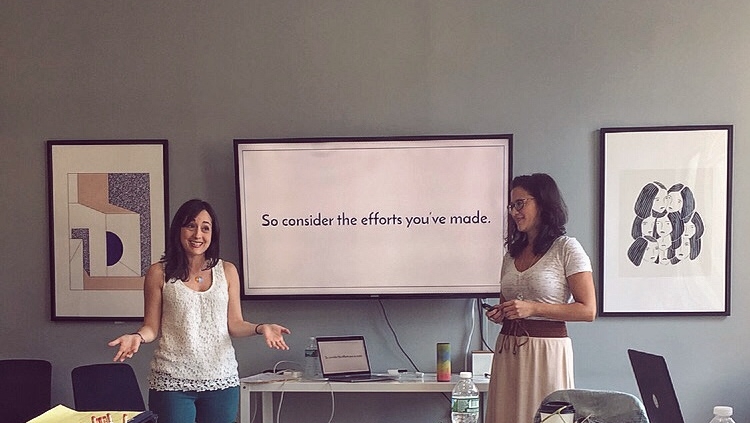BONUS FREEBIE: Your message deserves the media’s attention. So how do you get out there in a bigger way? I’ve got you covered. CLICK HERE to grab my free “Checklist to Become a Go-To Media Expert.”
How’s your relationship with the media?
If you find yourself singing Adele’s “Hello” to producers and editors, and all you hear back is Beyonce’s “Sorry,” it might be time to step up your seduction. Here are three tips to woo the media this year.
Don’t Be Desperate: Swipe Right AND Left
Don’t be that person who swipes right on anything with a pulse. A quick perusal of someone’s profile may not tell you whether someone is your soulmate, but it can certainly help you find a real connection—and rule out the red flags.
The same goes for your match with the media: Know the person receiving your pitch and their work. What kinds of stories do they love? Do they tend to gravitate toward a certain style? They will know when you haven’t done your homework—and it will make them want to “ghost” on you fast.
Get to know the person receiving your pitch by checking out their social media presence. Do they engage their followers? See if you can strike up a light conversation over a tweet or post. Are they attending networking events? Try to meet them in person. (Warning: Coming on too strong is disastrous in love and in media. Definitely keep it light).
But also ask yourself: Are they a good match for ME? While it may be tempting to throw yourself at every reporter, producer, booker or editor who comes your way, that plan can backfire in the long run. If all goes according to plan, this is the start of something ongoing—better to be single than entangled in a bad romance.
Make Yourself Irresistible
If you want to get rejected by the hot girl, ramble on about her looks while you ask her out. Likewise, the media knows it’s sexy—and it doesn’t want you to use it for its body.
Another surefire way to get rejected? Toot your own horn so much, you compose a symphony to your greatness. Confidence is hot, but narcissism is a real turn-off.
The key to being irresistible is simple: Be a giver, not a taker. If you want to woo the media, you’ve got to sell yourself as an attentive partner. Always link your pitch back to the audience: Why should those people care? How can you help them? How will your expertise transform their life? Show the editor or producer that you get what they do and you’re here to offer your help—not to use their platform, love ‘em and leave ‘em.
Sweep Them Off Their Feet
Picture this: You’ve just cancelled a date because you caught a monster flu. You’re a little bummed, but you were only lukewarm about the date in the first place. Thirty minutes later, the doorbell rings. You open the door and find a care package of chicken noodle soup, emergenc-C, tea, and a “Get Well Soon” card from your date. And just like that, things start heating up.
If you want to sweep the media off its feet, be the producer or editor’s hero. Don’t just figure out what they need—give it to them when they need it most.
The media needs pieces that link back to the top trending hashtags. If you’re a parenting expert, the Grammys would be the perfect moment to pitch a story on how celebrity feminists like Beyonce are changing the way our culture views motherhood. If you’re a constitutional lawyer, start drafting that pitch on what will happen next with Trump’s expanded travel ban. Do the producer or editor’s work for them—they’ll thank you for it.
BONUS FREEBIE: Your message deserves the media’s attention. So how do you get out there in a bigger way? I’ve got you covered. CLICK HERE to grab my free “Checklist to Become a Go-To Media Expert.”
This post contains affiliate links and I will be compensated if you make a purchase after clicking on my links.










